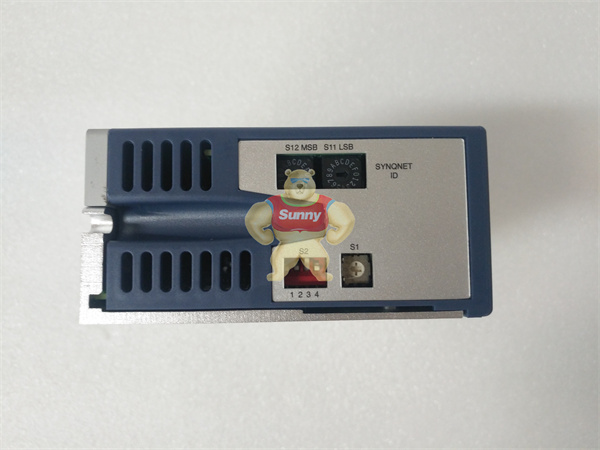Intermediate potential operation method refers to the method that the human body is in the potential state between the grounded body and the charged body, and the insulating tool is used to indirectly contact the charged equipment to achieve the purpose of maintenance. It is characterized by the human body under intermediate potential, which occupies a certain space distance between the charged body and the earth body. It is necessary to maintain a certain safe distance between the ground body and the charged body. When a distribution line works live, it is necessary to maintain a certain insulation strength for both the ground body and the live body. This is because the voltage level of the distribution line is low. Insulation materials can be wrapped to form a certain insulation strength instead of a certain space distance to achieve safe operation. However, in live operation of power transmission and transformation, the voltage level is high, and no insulating material can wrap to form a certain insulation strength, so a certain safety distance must be required to ensure the safety of live operation. Operating principle of intermediate potential The operating position diagram of intermediate potential is shown in the figure below.
When the operator stands on the insulation ladder or the insulation platform, the operation carried out by the insulation rod is the intermediate potential operation. At this time, the potential of the human body is lower than that of the conductive body and higher than that of the ground potential.
When the intermediate potential method is used, a capacitor Q1 is formed between the human body and the wire, and another capacitor C2 is formed between the human body and the ground (tower). The resistance of the insulation rod is R1, and the insulation resistance of the insulation platform is R2.

S20330-SRS

S20330-SRS

S20330-SRS
Intermediate potential operation method refers to the method that the human body is in the potential state between the grounded body and the charged body, and the insulating tool is used to indirectly contact the charged equipment to achieve the purpose of maintenance. It is characterized by the human body under intermediate potential, which occupies a certain space distance between the charged body and the earth body. It is necessary to maintain a certain safe distance between the ground body and the charged body. When a distribution line works live, it is necessary to maintain a certain insulation strength for both the ground body and the live body. This is because the voltage level of the distribution line is low. Insulation materials can be wrapped to form a certain insulation strength instead of a certain space distance to achieve safe operation. However, in live operation of power transmission and transformation, the voltage level is high, and no insulating material can wrap to form a certain insulation strength, so a certain safety distance must be required to ensure the safety of live operation. Operating principle of intermediate potential The operating position diagram of intermediate potential is shown in the figure below.
When the operator stands on the insulation ladder or the insulation platform, the operation carried out by the insulation rod is the intermediate potential operation. At this time, the potential of the human body is lower than that of the conductive body and higher than that of the ground potential.
When the intermediate potential method is used, a capacitor Q1 is formed between the human body and the wire, and another capacitor C2 is formed between the human body and the ground (tower). The resistance of the insulation rod is R1, and the insulation resistance of the insulation platform is R2.
 1 Year Warranty
1 Year Warranty





